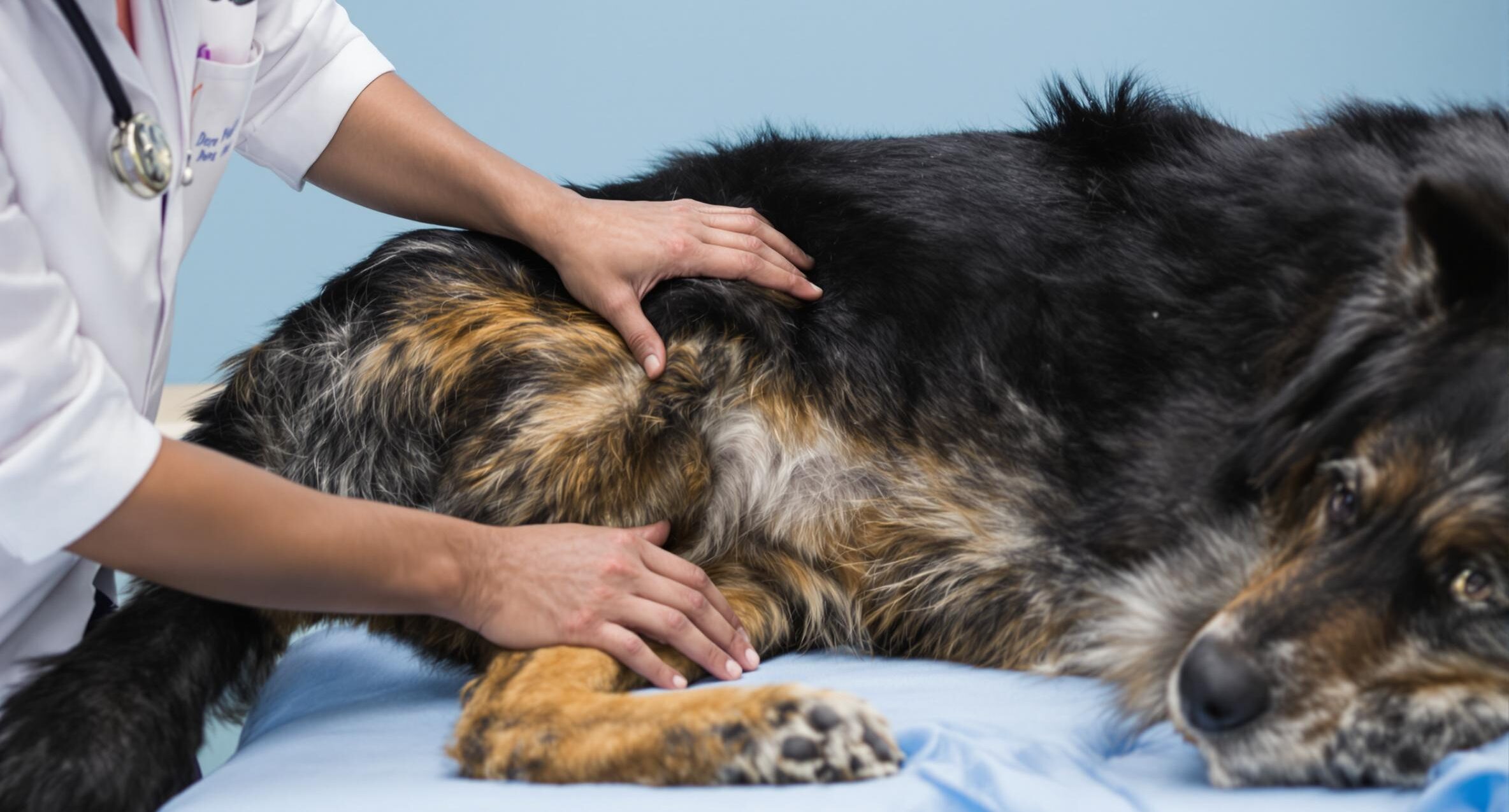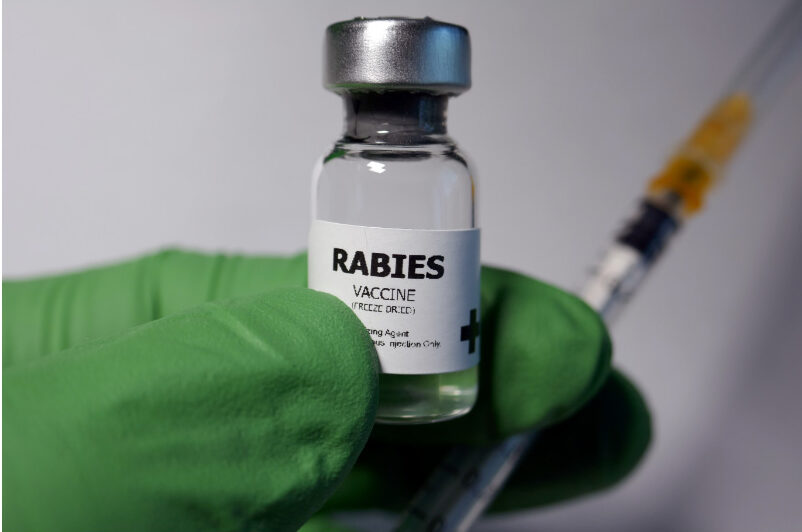Understanding Heat Stroke in Dogs: What Every Pet Owner Should Know

Key Takeaways
- Heat stroke in dogs is a serious condition that can escalate quickly; recognizing early warning signs is crucial.
- Preventive steps such as walking during cooler times of day and providing consistent access to fresh water can reduce risk.
- Partnering with your veterinarian helps you create a personalized heat safety plan for summer months.
- Helpful products such as cooling pads, hydration essentials, and first aid supplies can support heat safety at home.
Hot days can affect your dog faster than you might expect. Heat stress can occur during everyday activities—on walks, in the backyard, or even indoors if cooling is limited.
Being prepared to handle heat exhaustion and heat stroke helps you respond quickly when every second matters. PetHealthMD offers tools and guidance you can use alongside input from your veterinarian.
What Is Heat Stroke in Dogs?
A dog’s natural cooling system usually works well, but extreme heat can overwhelm it. This can lead to heat stroke, a dangerous and potentially life-threatening condition.
A dog’s normal temperature ranges from 99.5°F to 102.5°F or 37.5 to 39.17°C. Heat stroke occurs when internal body temperature rises above 104°F (40°C).
Dogs do not sweat; they rely on panting to cool themselves. When panting is not enough, their temperature can rise rapidly. Heat stroke can develop while playing outside, exercising in warm weather, staying in poorly ventilated areas, or sitting in direct sunlight.
Dogs at higher risk include:
- Flat-faced breeds like Bulldogs and Pugs
- Overweight dogs
- Senior pets
- Dogs with thick fur
- Dogs with underlying health issues
When heat stroke develops, blood flow changes, organs may struggle, and serious complications can occur. Understanding these risks helps you respond quickly.
Recognizing Heat Stroke Symptoms in Dogs
Because dogs cannot communicate discomfort directly, recognizing symptoms early is essential.
Early Warning Signs
- Rapid, labored panting
- Bright red or purple gums and tongue
- Thick, sticky saliva or excessive drooling
- Fast heart rate or restlessness
- Warm, dry nose or hot skin
Emergency Warning Signs
These symptoms indicate a medical emergency:
- Body temperature above 104°F (40°C)
- Disorientation or stumbling
- Vomiting or diarrhea
- Glazed eyes or distant expression
- Seizures or tremors
- Collapse or unconsciousness
Move your dog to a cool area and contact your veterinarian immediately.
First Aid for Heat Stroke in Dogs
If you suspect heat stroke, act quickly:
- Move your dog to shade or an air-conditioned area.
- Begin gentle cooling with room-temperature water on the belly, armpits, and paws.
- Offer small amounts of water only if your dog is alert.
- Place cool, damp towels beneath your dog and change them as they warm.
- Contact your veterinarian right away.
Even if your dog appears to recover, veterinary evaluation is essential because internal complications may not be immediately visible.
How to Help Prevent Heat Stroke in Dogs
Your dog depends on you to stay safe in hot weather. Consider the following preventive steps:
- Walk during cooler parts of the day, such as before 10 AM or after 6 PM.
- Provide fresh, clean water both indoors and outdoors.
- Create shaded rest areas in your yard.
- Check pavement temperature before walks; if it’s too hot for your hand, it’s too hot for your dog.
- Adjust exercise for dogs with thick coats, flat faces, senior dogs, or those with health conditions.
- Never leave your dog in a parked car.
Partner with your veterinarian for personalized advice. Regular checkups help identify health risks that may affect heat tolerance.
Frequently Asked Questions About Heat Stroke in Dogs
Which medications might make my dog more heat-sensitive?
Some medications affect temperature regulation, including furosemide, prednisone, certain antibiotics, blood pressure medications, and anti-anxiety drugs. Always check with your vet when starting new medications.
What happens to dogs who experience heat stroke?
Heat stroke can impact the brain, kidneys, and digestive system. Many dogs recover within 2 to 3 weeks with proper care, though others may need long-term support.
Can I use fans alone to cool my dog?
Fans help with airflow but are not effective for cooling dogs. Use shade, cool water, and damp towels alongside airflow.
Can heat stroke cause long-term effects?
Yes. Dogs may have lasting organ damage or changes in stamina and temperature regulation. Follow-up veterinary care is important.
Are dogs more likely to get heat stroke in humid conditions?
Yes. High humidity makes panting less effective, increasing risk even on moderately warm days.
Keeping Your Dog Safe in the Heat
Staying alert to heat risks and using preventive strategies helps keep your dog safe. Veterinary care remains essential, as heat stroke can develop quickly.
Along with your vet’s advice, 1800PetMeds offers trusted supplies like cooling pads, water bowls, and first aid products to support your heat safety plan at home.
With the right preparation, you can help your dog enjoy a safe and comfortable summer.





